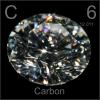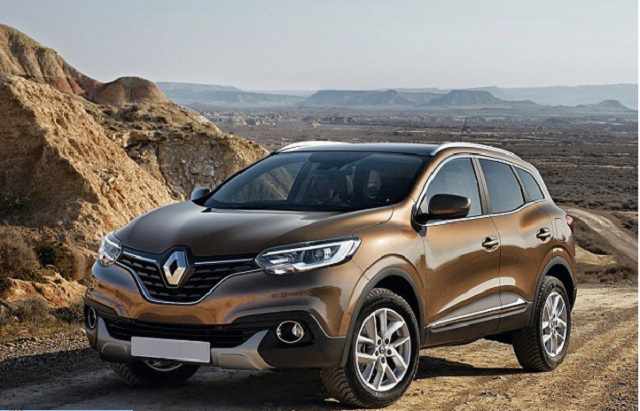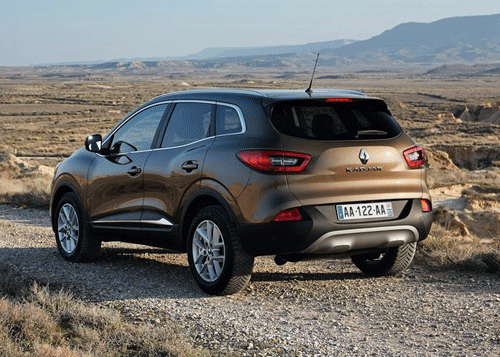Search the Community
Showing results for tags 'Compact'.
-
Will be available in Japan from June 2024. Honda Freed Air Honda Freed Crosstar Quick Spec Dimensions: 4,310 mm (L) x 1,695 mm (W) x 1,755 mm (H) Wheelbase: 2,740 mm Engine: 1.5L Petrol and...
- 232 replies
-
- 11
-

-
Urban life presents particular challenges. When it comes to driving, it's an environment where motorists increasingly appreciate the robust, high-riding qualities of an SUV, but on a scale tailored to suit urban streets and with a genuine emphasis on environmental performance. At the same time,...
- 516 replies
-
- 14
-

-
- 56 replies
-
- 11
-

-
Have been reading a lot about this new compact EV from Kia and finally see it in metal while in Korea. A well built and right sized EV for our market. Acceptance and sales volume will depends heavily on its pricing when landed on our shore.
- 11 replies
-
- 10
-

-
Basically a Toyota Yaris Cross in a tuxedo. Rumors of a fancier Yaris Cross have been swirling around for years and now the Lexus LBX is officially here. Positioned below the UX and serving as the new entry-level model, the tiny crossover is an indirect replacement...
- 64 replies
-
- 13
-
.png)
-

-
Will be unveiled officially on 25 July in Europe. The latest gen Q3 look less feminine to me, and just like a smaller brother of Q5, Q7...
- 474 replies
-
- 11
-

-
This compact electric SUV will be even smaller than the XC40, with an estimated dimensions of 4.2m (L) x 1.8m (W) x 1.6m (H). Design wise, the line between products from Volvo and Polestar is getting blurry, and can see that the rear windscreen is very narrow (by SUV standard), again compromis...
-
- 598 replies
-
- 9
-

-
People as old as me would have remember the iconic Renault 5 in the 70s to mid 90s. I am not going to comment on its reliability not performance, since I have no chance to be in one, but good news for the fans of 5. Thus cutie beast is making a come back, abeit as an EV....
-
This is simple, beautiful and practical. 2022 Toyota Aqua revealed with hybrid powertrain, bidirectional charging After 10 years on the market, during which 1.87 million units have been sold, the Toyota Aqua is transitioning to the second g...
- 27 replies
-
- 12
-

-
- 134 replies
-
- 7
-

-
- mercedes-benz
- mercedes
-
(and 9 more)
Tagged with:
-
- 387 replies
-
- 4
-

-
Production version of the new compact crossover from the Italian auto manufacturer. @Theoldjaffa your cup of tea?
- 18 replies
-
- 14
-

-
- alfa
- alfa romeo
- (and 4 more)
-
Honey, I shrunk the Avante...
- 12 replies
-
- 15
-
.png)
-

-
Supposedly the replacement model of the ever popular JDM Toyota Rush / Daihatsu Be-Go. To be launched in Japan on 5 Nov. Quick Spec Dimension: 3,995mm (L) x 1,695mm (W) x 1,620mm (H) Engine: 1.0L Turbo Charged 3 Cylinder
- 112 replies
-
- 12
-

-
Audi Q2's brother. When will this launched in Singapore? New VW T Roc is officially launched. https://www.cnet.com/roadshow/auto/2018-volkswagen-t-roc/preview/ http://www.autoexpress.co.uk/volkswagen/t-roc/85943/new-volkswagen-t-roc-suv-specs-pictures-and-sale-date As older models gro...
- 9 replies
-
- volkswagen
- #volkswagen
- (and 6 more)
-
Here come the Vezel Hybrid competitor... All new Toyota C-HR (even the name remind us of HRV)
- 766 replies
-
- 7
-

-
Can anyone tell me where in singapore selling this NAUTILUS COMPACT SERIES Air horn Have a hard time finding most place sell the bigger one NAUTILUS BLACK Thanks
-
My second HP printer died on me. It's PrintScanCopy1210. Error: Incorrect ink cartridge/ink cartridge problem/incorrect ink cartridge/cannot detect blah blah -Changed to a brand new cartridge but problem came back again in a week. -Tried cleaning metal contacts with alcohol -Tried head a...
-
Just unveiled in Paris, and you see it first... The new Mercedes-Benz B-Class puts the emphasis on sport with the Sports Tourer. It looks more dynamic than...
- 111 replies
-
- 9
-

-
- mercedes-benz
- mercedes
- (and 10 more)
-
Available in 3 power options: Q4 35 (RWD, 52KWH battery, 341Km range, 168HP / 310Nm, 9 seconds 0 -100Km/h) Q4 40 (RWD, 77KWH battery, 520Km range, 201HP / 310Nm, 8.5 seconds 0 -100Km/h) Q4 50 (AWD, 77KWH battery, 488Km range, 295HP / 460Nm, 6.2 seconds 0 -100Km/h) Audi Q4 50 E-...
-
- 34 replies
-
- 6
-

-
swee
- 230 replies
-
- 1
-

-
- mercedes-benz
- mercedes
-
(and 7 more)
Tagged with:
-
Audi's Compact SUV. Audi claims 405 litres of cargo room with the rear seats up and 1,050 litres with them folded interior Audi’s ‘virtual cockpit’ – a screen that replaces the traditional dials. This will be optionally available for higher spec models and can be configured...
-
Although Jetta GearBox's negative impression, but its sales figure don't lose "sell like hot cakes" Mazda 3 and Altis
- 103 replies
-
- volkswagen
- jetta
- (and 7 more)






